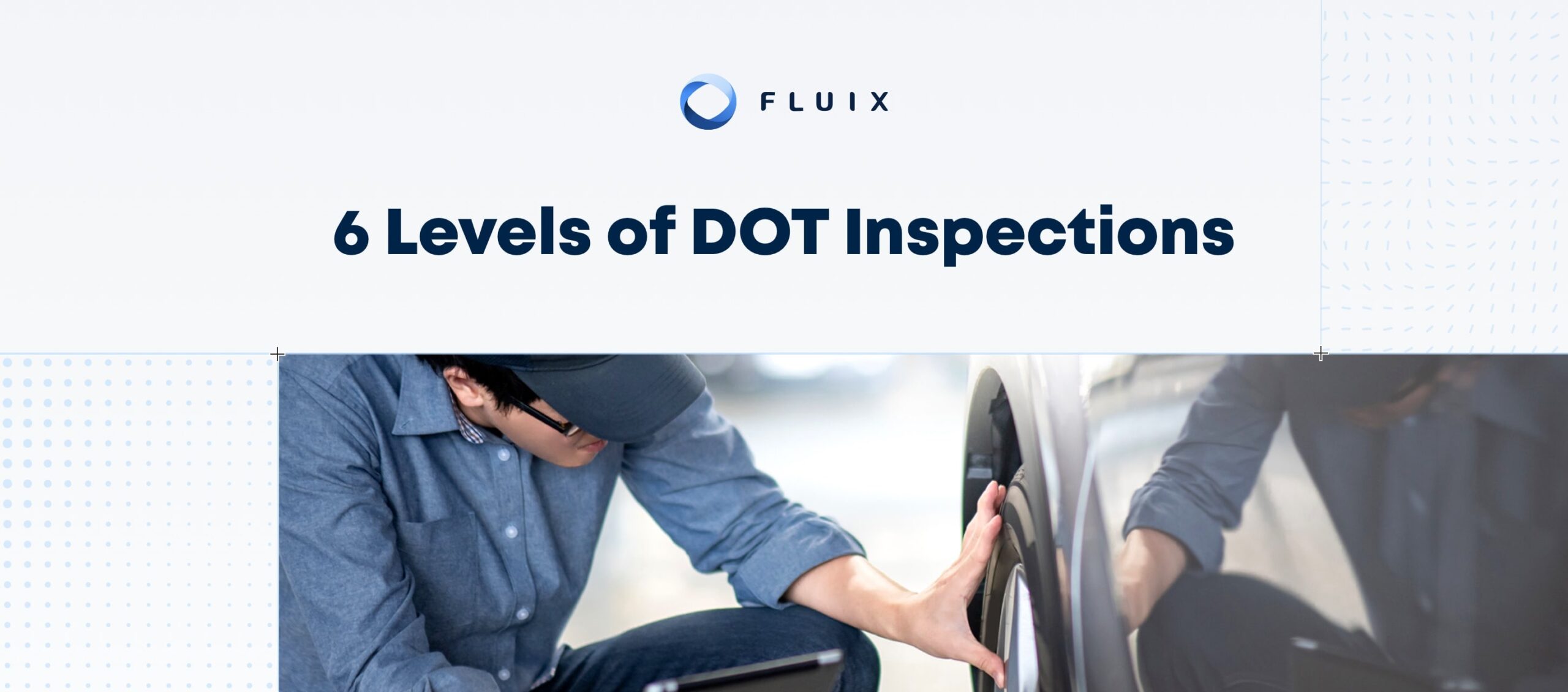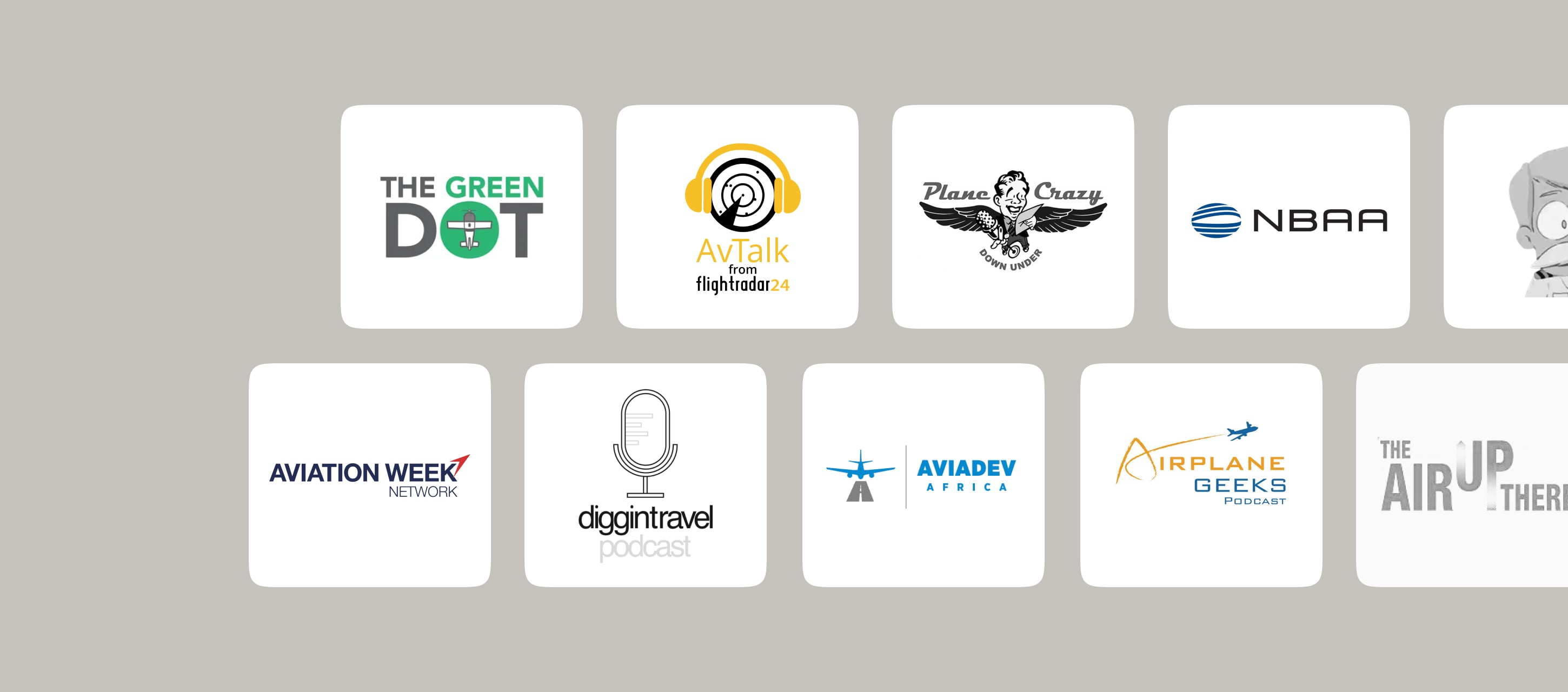Truck drivers in the United States should be aware of the inspections of commercial motor vehicles and drivers conducted by the U.S. Department of Transportation. The DOT sets regulatory standards for CMVs and conducts inspections in collaboration with the Commercial Vehicle Safety Alliance, the Federal Motor Carrier Safety Administration and state troopers. Learn more about how six levels of DOT inspections promote the safe operation of cargo and commercial trucks.
What Is a DOT Inspection?
Every state in the U.S. conducts DOT inspections in accordance with North American Standard Inspection Procedures. Level I inspections are most common, but drivers do not know which level of inspection to expect until they get stopped and communicate with inspectors. While most truck drivers are familiar with common inspection processes, carriers should promote awareness of the distinctions between inspection levels.
Operator training programs should cover every level of DOT inspections. Checklists are also useful for continuing education and promoting compliance. Drivers should keep their CMV operator documentation and vehicles up to standards to maintain low Compliance, Safety, Accountability scores and avoid out-of-service violations.
The 6 DOT Inspection Levels
Every CMV driver should know that there are six levels of inspection and be aware of the main focus of each inspection level. Here is a brief overview of the levels of DOT inspections:
- Level I: A North American Standard Inspection that involves thoroughly examining a vehicle and checking driver documentation
- Level II: A walk-around inspection that covers a driver and components that are not under a vehicle
- Level III: An inspection of the driver’s credentials
- Level IV: A one-time examination of a specific component
- Level V: A vehicle inspection without a driver present
- Level VI: An inspection of highway route controlled quantities of radioactive materials
If no violations are found during an inspection, an official will place a Commercial Vehicle Safety Alliance or CVSA decal on the vehicle. These decals indicate a passed inspection and are valid for up to three months. Vehicles bearing current CVSA decals are less likely to be subject to further inspections during this time period unless problems become apparent.
An inspection can also identify minor infractions related to driver documentation or vehicle condition. These issues may not lead to an operator or vehicle being declared out of service but can increase the CSA scores of drivers or carriers.
Repairs identified during inspection must be fixed within 15 days, and carriers must send the FMCSA signed reports declaring that all repairs have been completed within this timeframe. If a driver or vehicle is placed OOS, further operation is barred until violations are corrected and documented.
How Long Does a DOT Inspection Take?
Depending on the level, DOT inspections can range from 15 minutes up to an hour. Level III Driver-Only Inspections are relatively quick checks focused on vehicle operator credentials, including driver’s license, medical certification, record of duty status and skill performance evaluation certificate. Typically, inspectors will also review compliance with regulations regarding seat belt use. These Level III checks can also extend to driver vehicle inspection reports, electronic logging devices and hours of service.
CMV operators can expect a Level II Walk-Around Driver and Vehicle Inspection to take about 30 minutes. Level V Vehicle Only Inspections conducted without a driver present can take up to 45 minutes. The time necessary to complete a Level IV Special Inspection varies based on the components that require inspection.
When To Expect a DOT Vehicle Inspection
DOT inspections can occur at any place or time. Drivers and vehicles can be subject to roadside inspections in addition to checks at truck stops or weigh stations. In general, vehicles bearing valid CVSA decals are less likely to undergo further inspection during the three-month period for which these decals are valid. Pre-trip inspections also reduce the likelihood of stops to address visible issues.
Truck drivers should also be apprised of the dates of the CVSA International Road Check Event, which is a 72-hour or three-day period of widespread truck inspections that take place during the summer. State troopers and DOT officers perform many inspections during International Road Check Events to promote safety.
Prepare for Each DOT Inspection Level
Carriers and drivers can prepare for inspections by performing pre-trip, en route and post-trip inspections. Here are the most important measures to prepare for any level of DOT inspection:
- Level I Preparation: Ensure that a vehicle is in good repair and driver documentation is current by using checklists.
- Level II Preparation: Focus on the status of components that do not require inspectors to get under a vehicle.
- Level III Preparation: Make sure driver documentation is up-to-date.
- Level IV Preparation: Address any issues identified during prior inspections.
- Level V Preparation: Prepare a vehicle for independent inspection.
- Level VI Preparation: Follow protocols for safe transport of radiological shipments.
Driver training and continuing education should address each level of inspection. Carriers can encourage or require drivers to use audit and compliance checklists to reduce the likelihood of increased CSA scores or OOS declarations.
Who Performs DOT Checkpoint Inspections?
DOT officers and state troopers are tasked with performing DOT inspections. These inspections are funded and overseen by the FMCSA, and the inspection program was developed in cooperation with the nonprofit CVSA.
CMV drivers should be prepared to pull over to the side of the road to be inspected by troopers. DOT officers can also conduct roadside inspections but often inspect drivers, vehicles and cargo at weigh stations or truck stops.
DOT Truck Inspection Checklists
Fluix makes it easy for carriers to develop checklists to help drivers prepare for any level of DOT inspection. From inspection checklists geared towards Level I inspections of vehicles and driver documentation to checks that involve particular components or compliance with cargo regulations, Fluix simplifies the process of distributing materials for the purposes of internal documentation and regulatory compliance.






